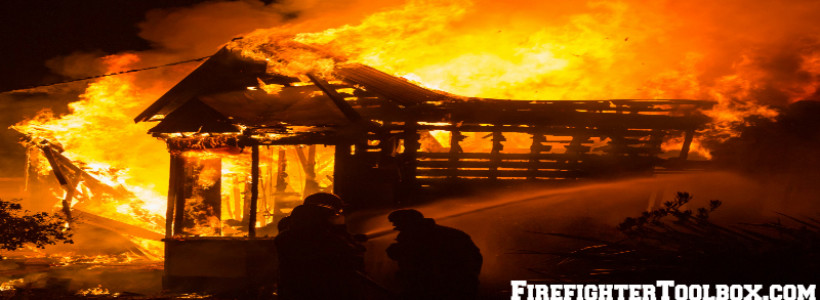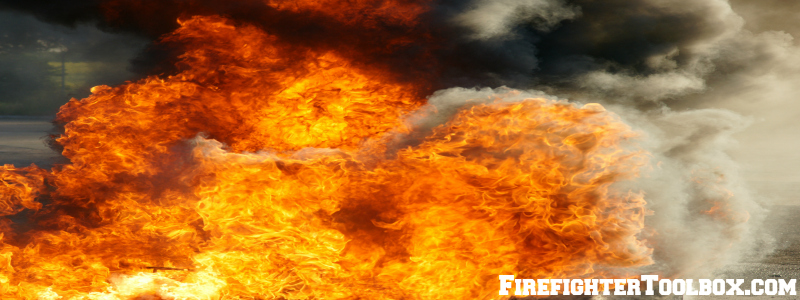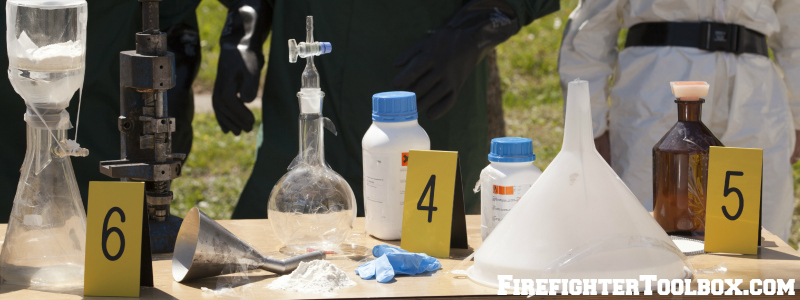Firefighting and Clandestine Drug Labs – Part 1
Just when we thought that firefighting wasn’t dangerous enough, firefighters are facing a whole new set of hazards when we respond to fires involving clandestine drug labs (CDLs). In this article series, we will discuss what can be produced at CDLs, how we can recognize them, the hazards that may be present, and response guidelines for firefighters.
Background
Although CDLs can be used to manufacture explosive devices and deadly toxins, we will primarily focus on those that produce illegal drugs, specifically methamphetamines. Methamphetamines (“meth”) can be produced in a variety of ways and in various environments: residences, trunks of cars, open fields, campgrounds, motel rooms, storage facilities, along the roadside, etc. As compared to heroin, cocaine and other popular illicit drugs, meth is inexpensive to produce, extremely addictive, and relatively easy to manufacture. Unfortunately, the internet is host to countless tutorials on clandestine methamphetamine production.
Recognition
Our experiences have shown us that following our SOGs and using common sense will lead to safer outcomes on the fire ground. By utilizing a heightened level of situational awareness and observational skills, we will be more apt to identify a meth lab when presented with one.
Firefighters may be dispatched to CDLs under the following alarm descriptions:
- Structure fires
- Car Fires
- Explosions
- “Check the area” for smoke or abnormal odor(s)
- Smoke inhalation or burn victims
- “Unknown problem” or “person down”
The following abbreviated list of household substances can be used to manufacture methamphetamines:
- Anhydrous ammonia
- Red Devil® lye
- Matchbooks
- Pseudoephedrine/Sudafed®
- Lithium batteries
- Camp fuel
- Coffee filters
- LPG gas cylinders
- Pyrex® glassware
- Paint thinner
- Rock, table or Epsom salts
Finding one or two of these items in normal quantities is not a cause for alarm. However, numerous blister packs of pseudoephedrine or a combination of several of the aforementioned items are a red flag for a meth lab.
Other clues for methamphetamine CDLs:
- Coffee filters, glass cookware or frying pans with a white powdery substance
- Silver or gray-metallic ribbons stored in oil/kerosene
- Propane tanks with discolored (blue) brass valves
- Strong odor of urine or other chemical smells which may denote anhydrous ammonia
In Part 2 of Firefighting and Clandestine Drug Labs, we will cover the hazards and response guidelines that we should consider. Read Part 2 here.
References for this article series will be listed in part 2 also.
Photos courtesy of dollarphotoclub.com









